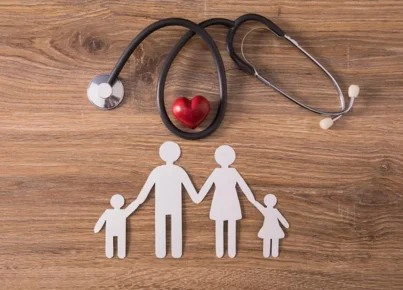Introduction
School events are an essential part of every student’s educational experience, as they provide opportunities for social interaction, learning, and entertainment. However, it is crucial for schools to ensure that each event is safe and promotes a healthy environment for all attendees. This article will offer a comprehensive guide on how to maintain health and safety at school events.
1. Planning Ahead
A successful event requires thorough planning beforehand. The organizing committee should create a detailed checklist covering all aspects of the event, such as the venue, emergency evacuation plan, and crowd control measures. Additionally, it is essential to identify potential hazards related to the specific type of event – for instance, ensuring that stage equipment is secure during a theater production.
2. Staff Training and Supervision
All staff members responsible for managing the event should undergo proper training, including first-aid certification and knowledge of safety protocols. During the event, staff should be easily identifiable by wearing high-visibility vests or other distinctive attire. They should be prepared to respond quickly to any incidents or emergencies that may arise.
3. Venue Safety Inspection
Before the event begins, it is crucial to inspect the venue for potential hazards thoroughly. Check fire exits and pathways to ensure they are clear and easily accessible. Also, identify any areas that may pose a risk for accidents, such as wet floors or unsecured equipment; taking preventative measures can significantly reduce the probability of accidents.
4. Crowd Control
Managing crowds effectively is one of the key aspects of ensuring safety at school events. Limit the number of attendees based on the capacity of your venue; this will ensure comfortable movement throughout the space. Implementing a ticketing system can aid in controlling entry and managing overcrowding situations.
5. Food Safety
When food is being served at an event, food safety is another critical factor to consider when prioritizing health concerns. Preparation and storage areas should be kept clean, and all individuals involved in handling food must follow proper hygiene practices. It’s also crucial to note any allergies and dietary restrictions when serving food.
6. Maintaining Hygiene
Especially during cold and flu seasons, providing hand sanitizer stations throughout the venue can help minimize the spread of germs. Encourage attendees to wash their hands regularly and cover their mouths when coughing or sneezing.
7. Emergency Response Plan
Developing an emergency response plan is vital in managing any unforeseen incidents effectively. This should include designated roles for staff members, contact information for local emergency services, and an evacuation procedure. Ensure all staff members are well-versed in the plan.
Conclusion
Ensuring health and safety at school events requires careful planning, staff training, venue inspection, crowd control measures, food safety management, maintaining hygiene practices, and an emergency response plan. By taking these precautions and meticulously planning each aspect of an event, schools can mitigate risks, create an enjoyable experience for everyone involved, and prioritize the well-being of every attendee.





